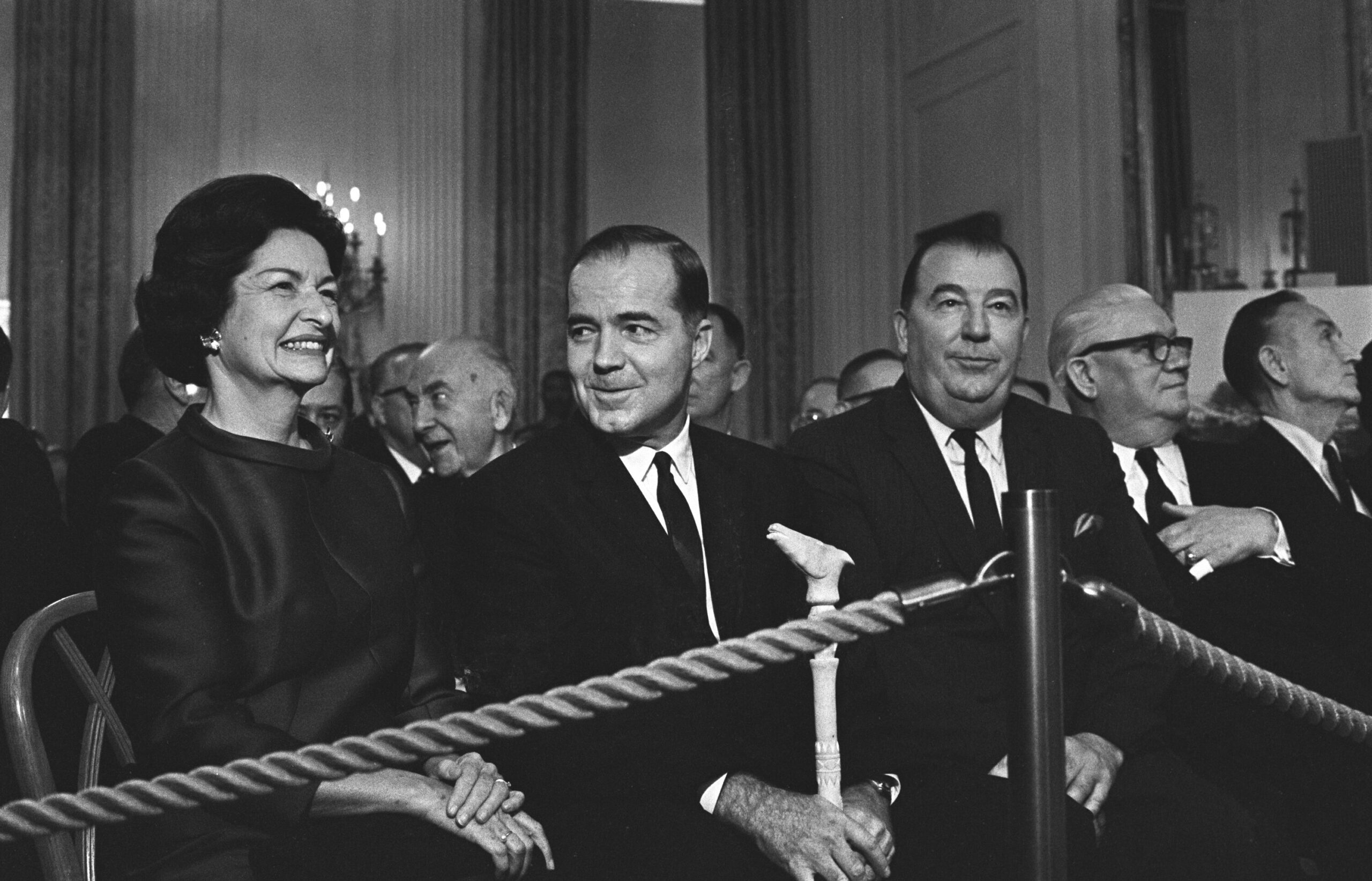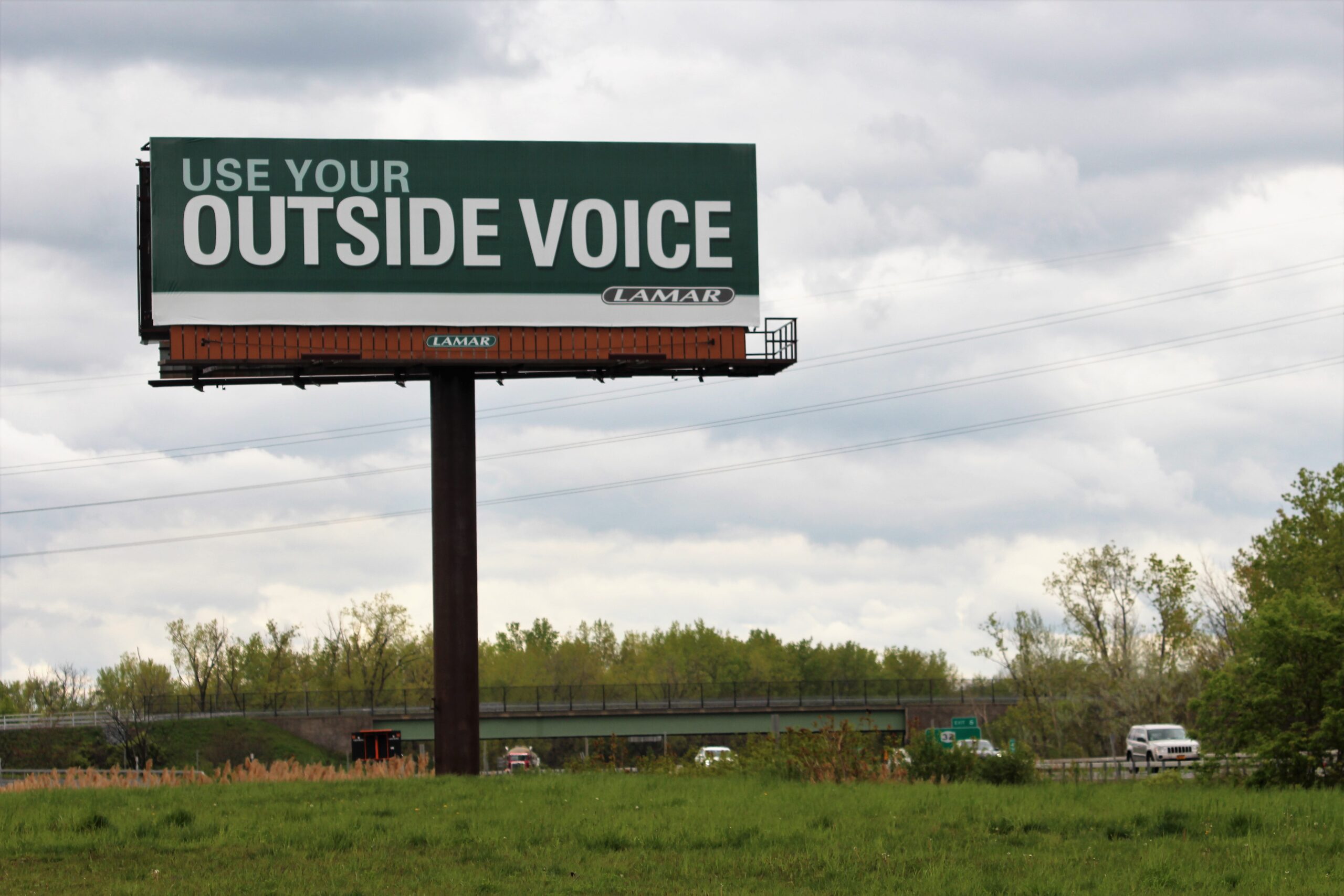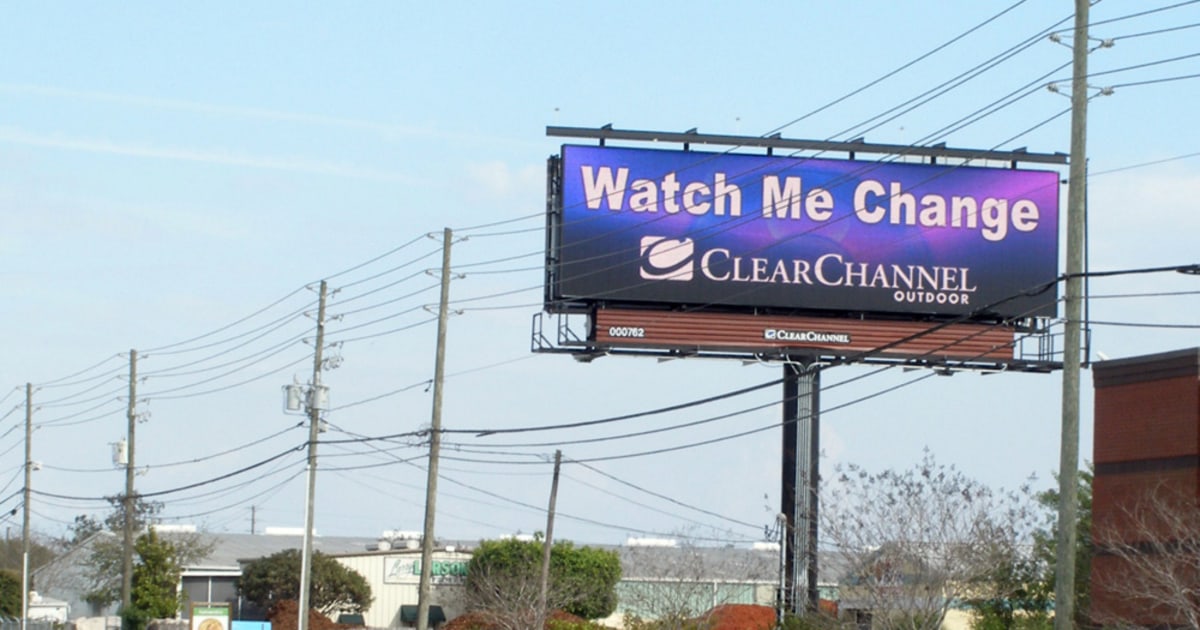History and Evolution of the Bonus Act and the Highway Beautification Act
Bonus Act
Passed in 1958 during the initial building stages of the Interstate Highway System, the Bonus Act was a voluntary program that allowed states to receive extra money for highways if they agreed to not erect billboards on the new sections being built. The original Bonus Act gave states until 1961 to sign an agreement with the federal government, as noted in Section 12, page 7.
With the Bonus Act, the federal government declared the improvement of areas adjacent to the Interstate System—including the control of both the erection and maintenance of outdoor advertising signs—to be in the public’s best interest. A national policy was established to regulate outdoor advertising signs located within 60 feet of the edge of the right of way and visible from the roadway of all portions of the Interstate System constructed after 1956.
The Bonus Act was amended various times:
- August 1958: The provisions regarding the federal share payable on account of any project on the Interstate System within that State are authorized under section 108 (b) of the Federal-Aid Highway Act of 1956, as amended by bisection 8 of the Federal-Aid Highway Act of 1958.
- 1959: Section 106, passed in 1959, replaced existing language incorporating municipality-owned land as well as commercial and industrial property along the Interstate System in the national standards. In its place, Sec. 106 ensures that the national standards for segments of the Interstate System which traverse commercial or industrial zones within the presently existing boundaries of incorporated municipalities, subject to municipal regulation or control, are exempt from the national standards. 106 limits the strength of the Bonus Act.
- 1961: Extended the time for Bonus Act agreements to be made with states from 1961 to 1963. The extended timeline created the opportunity for more state agreements and expanded the reach of the Bonus Act.
- 1963: Extended the time for Bonus Act agreements to be made with states from 1963 to 1965. The extended timeline created the opportunity for more state agreements and expanded the reach of the Bonus Act.
- 1965: The Highway Beautification Act was passed, repealing the Bonus Act but preserving existing state agreements in 131 subsection (j). It is still there today.

Highway Beautification Act
Since its passage in 1965, the HBA has been amended several times.
- 1966: The 1966 amendment limited funds to be used to enforce HBA: This amendment applied to funds starting after June 30, 1967. Starting after May 1, 1966, appropriations had to be specifically authorized by fiscal year, and other laws cannot be construed as appropriations. The aggregate amount of appropriations were also limited starting after May 1, 1966.
- 1970: The 1970 amendment called for appropriated funds for fiscal years 1966-1973 and new rules to apply to funds after June 30, 1967. The amendment also created the Commission on Highway Beautification, comprised of 11 members total (3 Presidential appointees, 2 majority and 2 minority members of Senate Committee on Public Works appointed by President of the Senate, and 2 majority and 2 minority members of House Committee on Public Works appointed by Speaker of the House). The Commission was tasked with various activities, including:
- Studying existing statutes governing control of outdoor advertising and junkyards along federal aid highway system
- Reviewing policies and practices of federal and state agencies who have jurisdiction over highways.
- Compiling data on existing and future requirements for control,
- Studying problems related to controlling outdoor advertising and signage.
- Studying methods of financing highway beautification program,
- Recommending modifications and additions to existing laws that would achieve a working and effective highway beautification program.
The Commission had one year to submit a final report and dissolved 6 months after submitting.
- 1991: The 1991 amendment was crucially important. It added subsection (r) regarding removal of illegal signs, subsection (s) prohibiting billboards on scenic byways and added the scenic byways program. The amendment gave states the ability to use appropriated funds to remove illegal signs. Owners of illegal signs were required to remove them within 90 days. The state could remove illegal signs if owners didn’t, and owners were liable for charges. The amendment further forbade illegal signs on state scenic byways.
- 1995: The 1995 amendment weakened scenic byways by adding segmentation. This process allowed states to leave out a segment of a designated scenic byway if that segment did not match the state’s scenic byways criteria for its state scenic byways program.
- 1998: The 1998 amendment offered a technical correction with minimal impact. The amendment changed some of the wording (for example: changed “state highway department” to “state transportation department”),
- 2012: The 2012 amendment made funds more flexible.
- 2015: The 2015 amendment allowed more religious/charitable signs. Before allowing such signs from a service club, charity, or religious service organization, a state must notify the FHWA. The amendment further stated that the sign must exist on the date the law was enacted (or it was removed within the three years leading up to enactment) and the area of the sign has to be less than or equal to 32 square feet.


